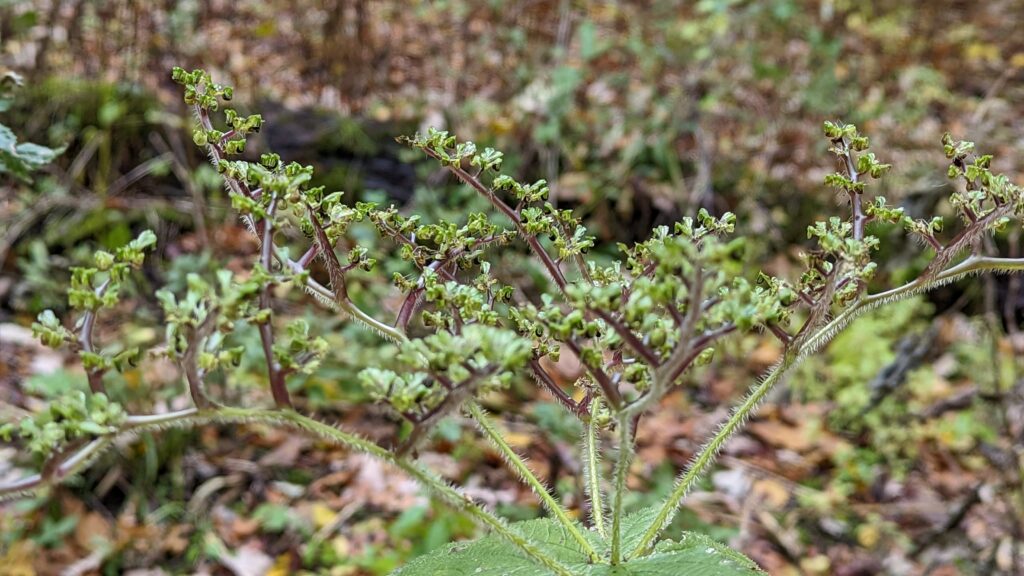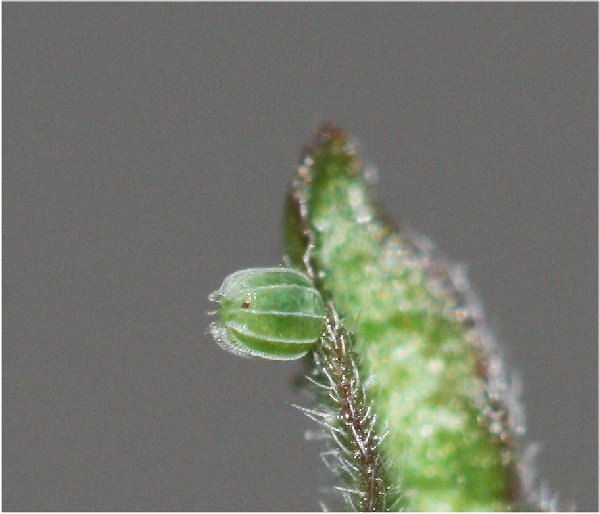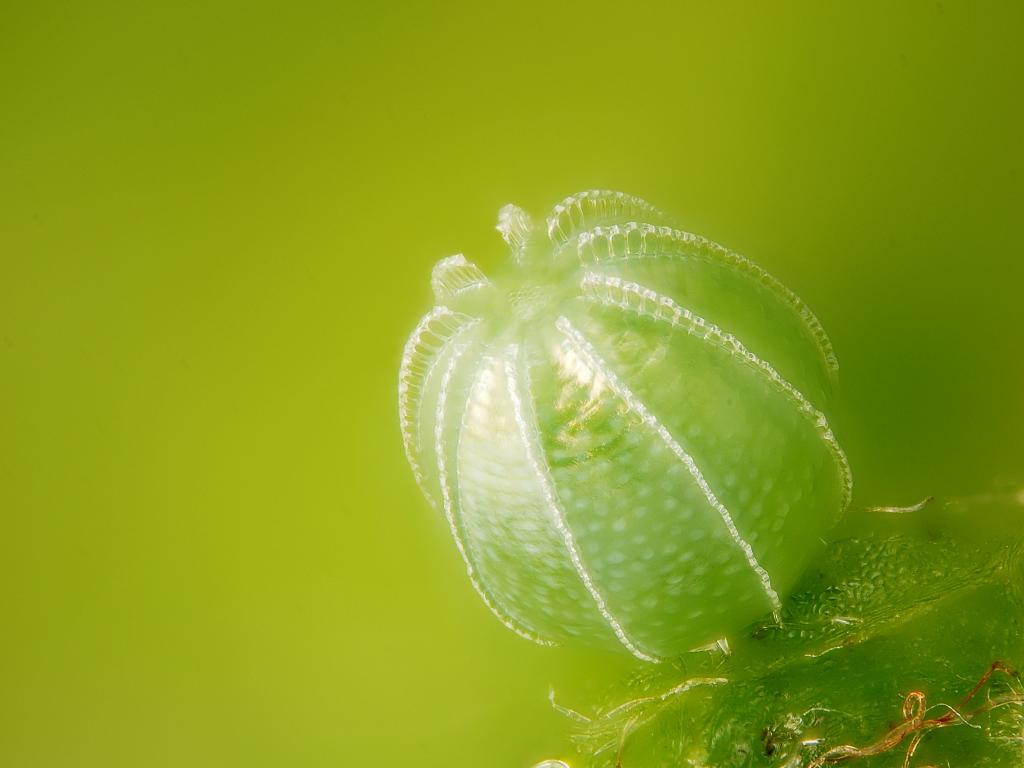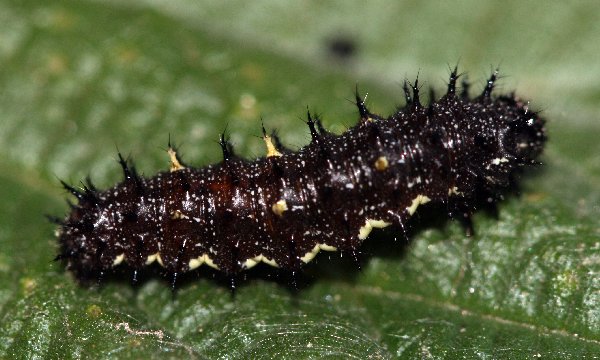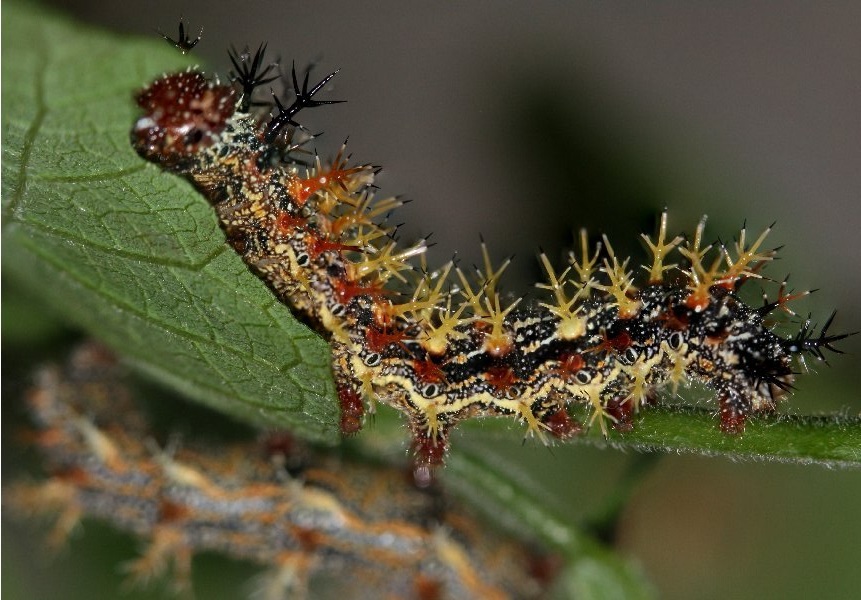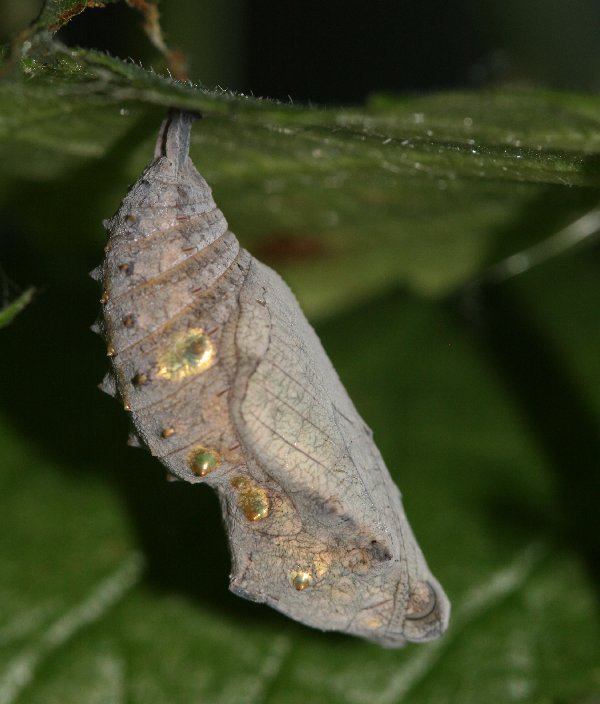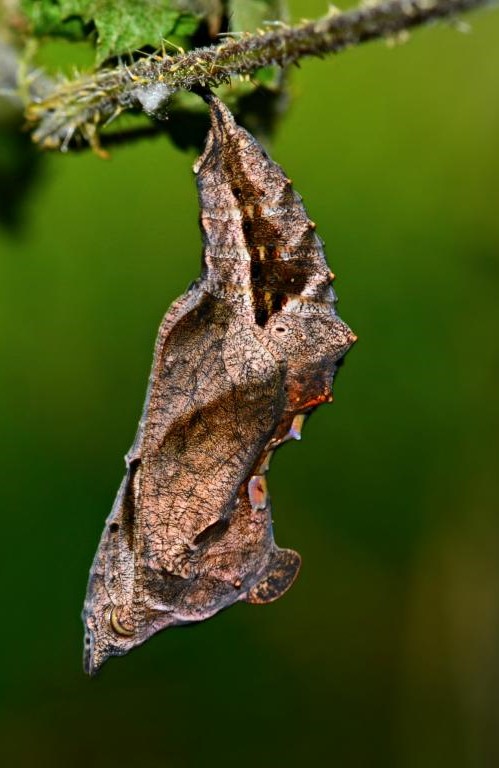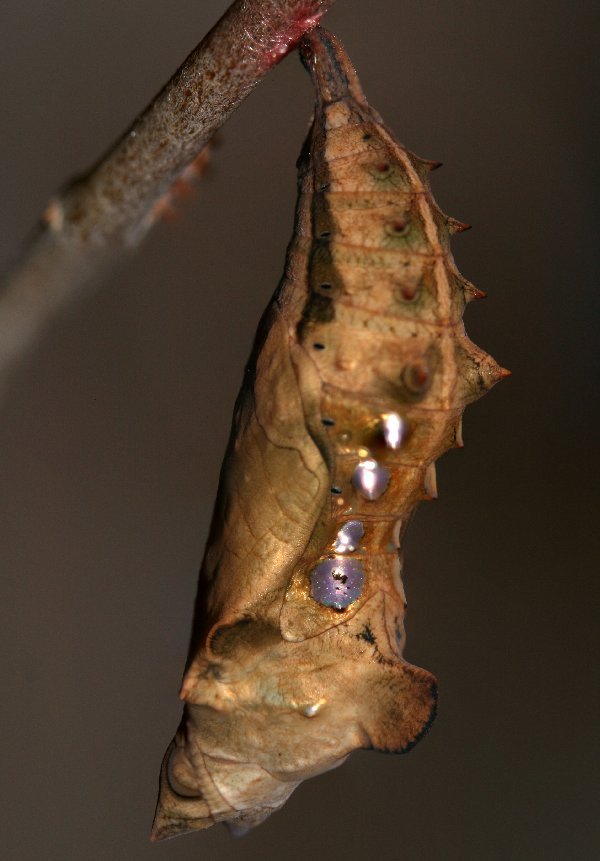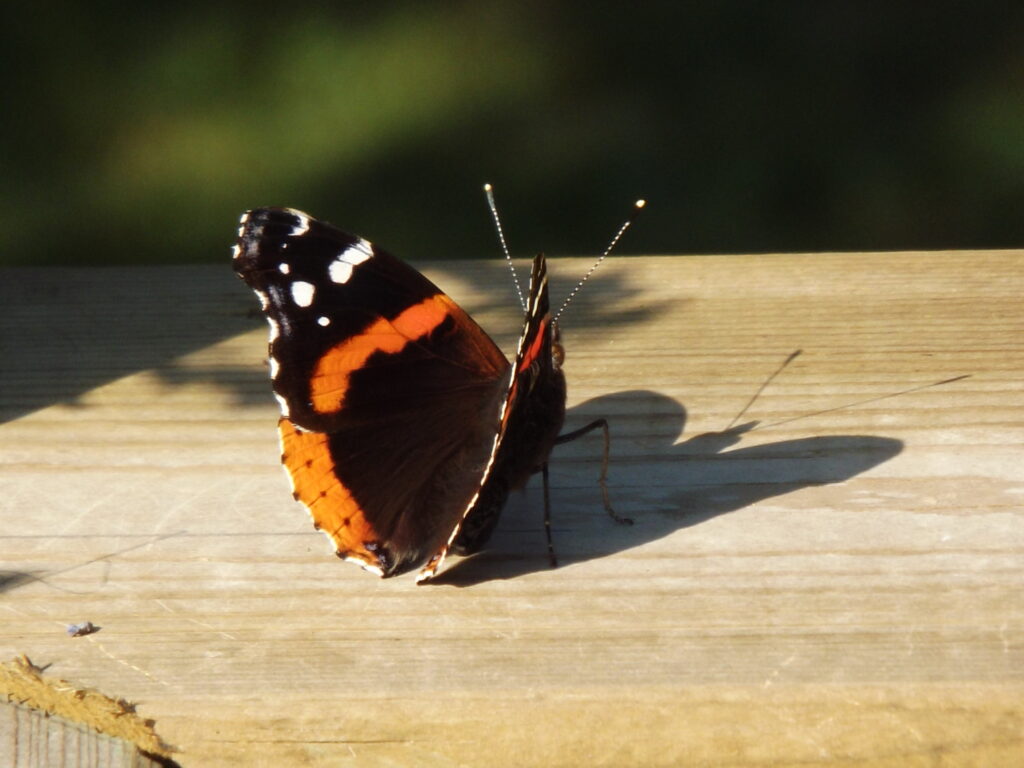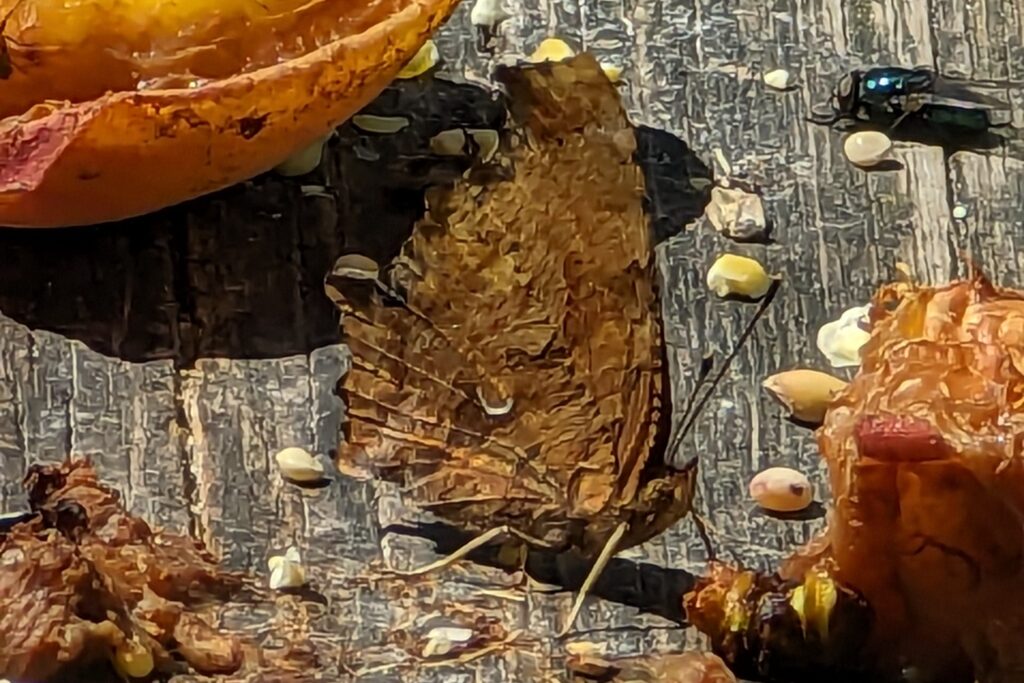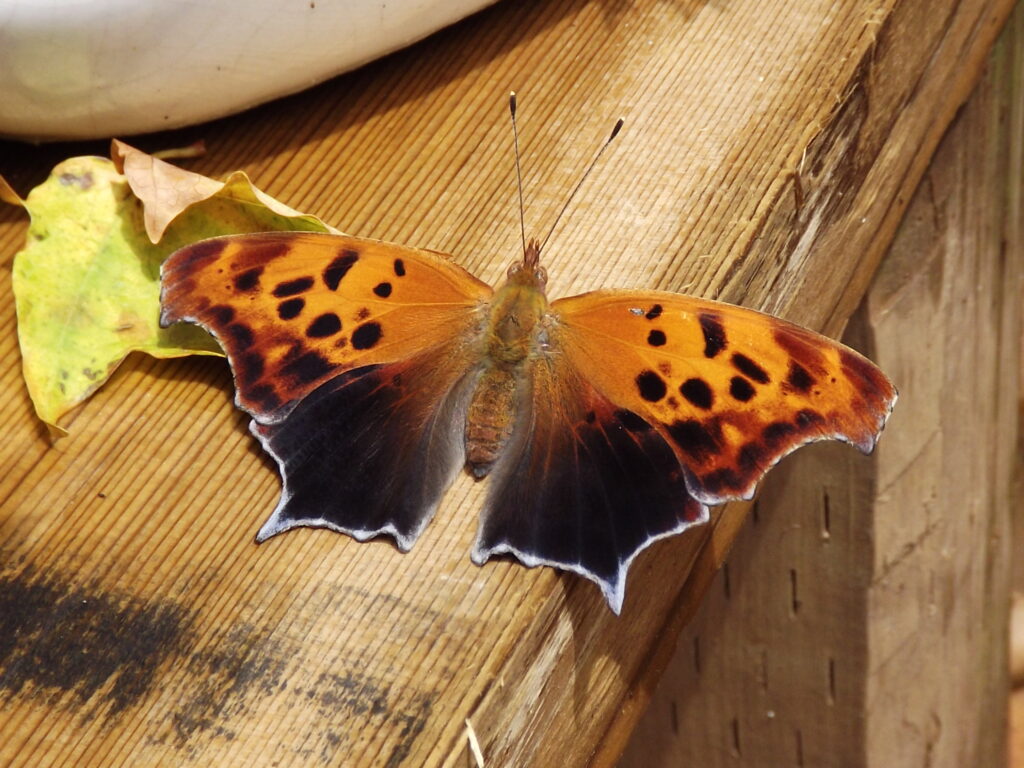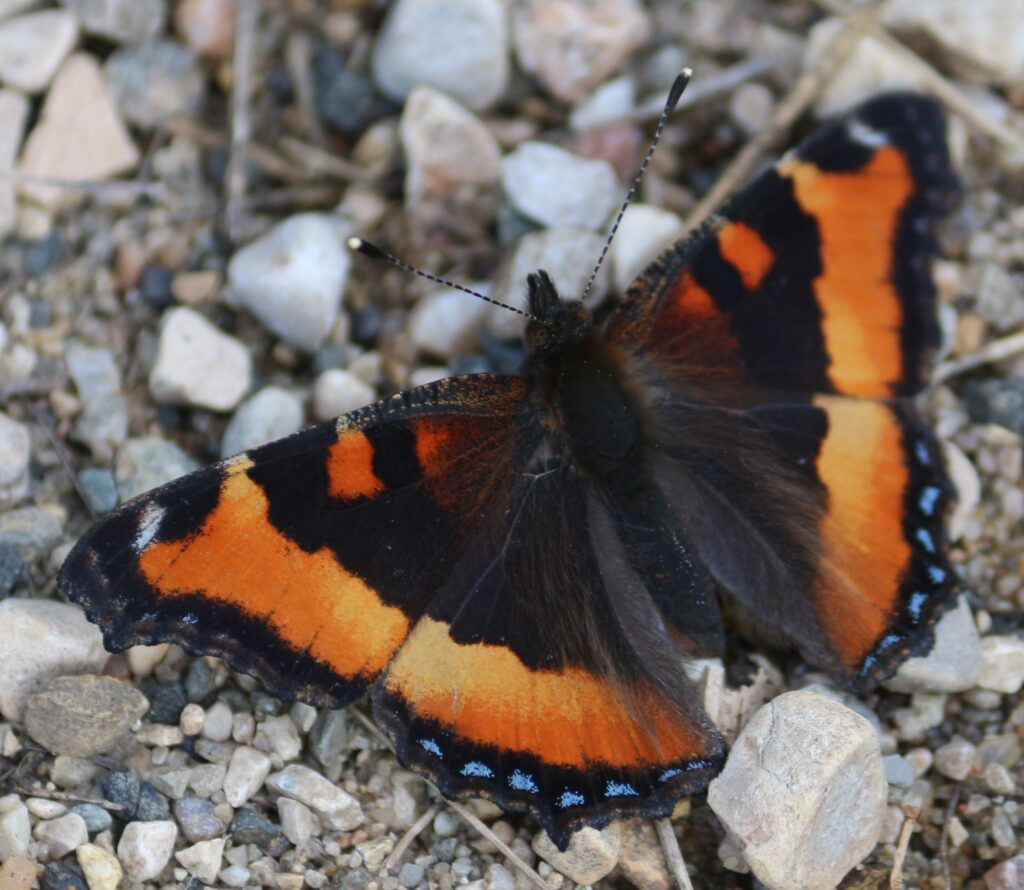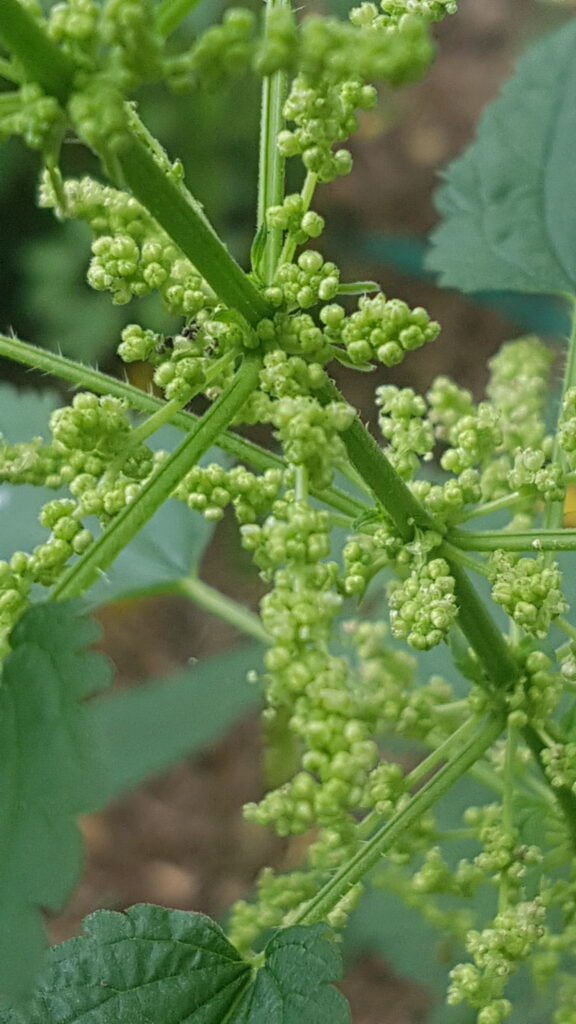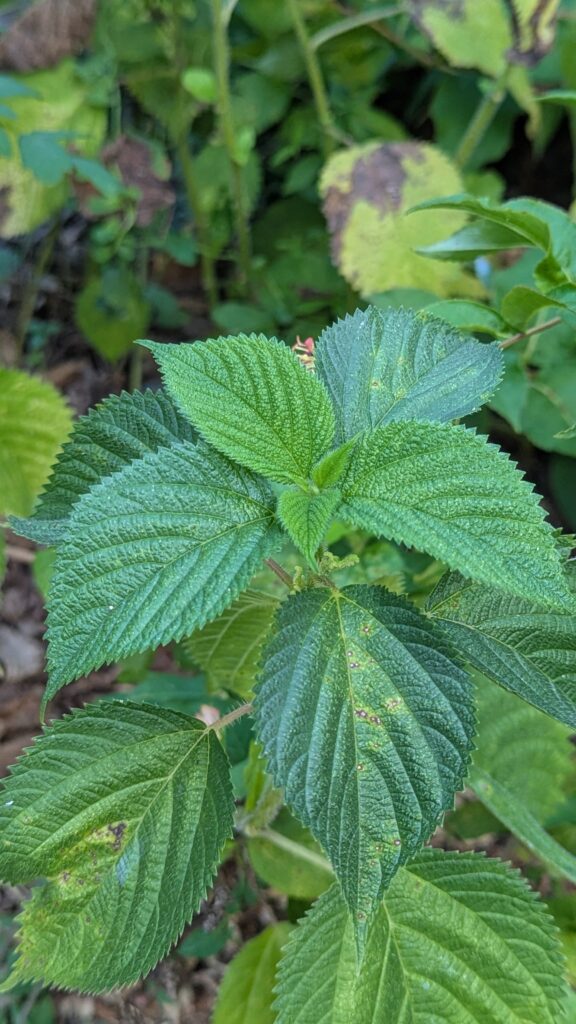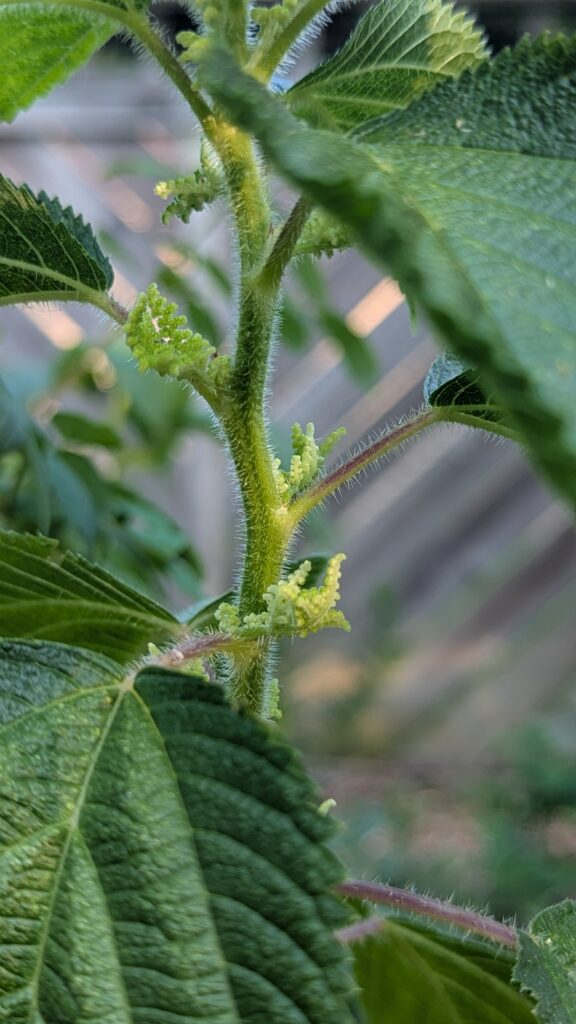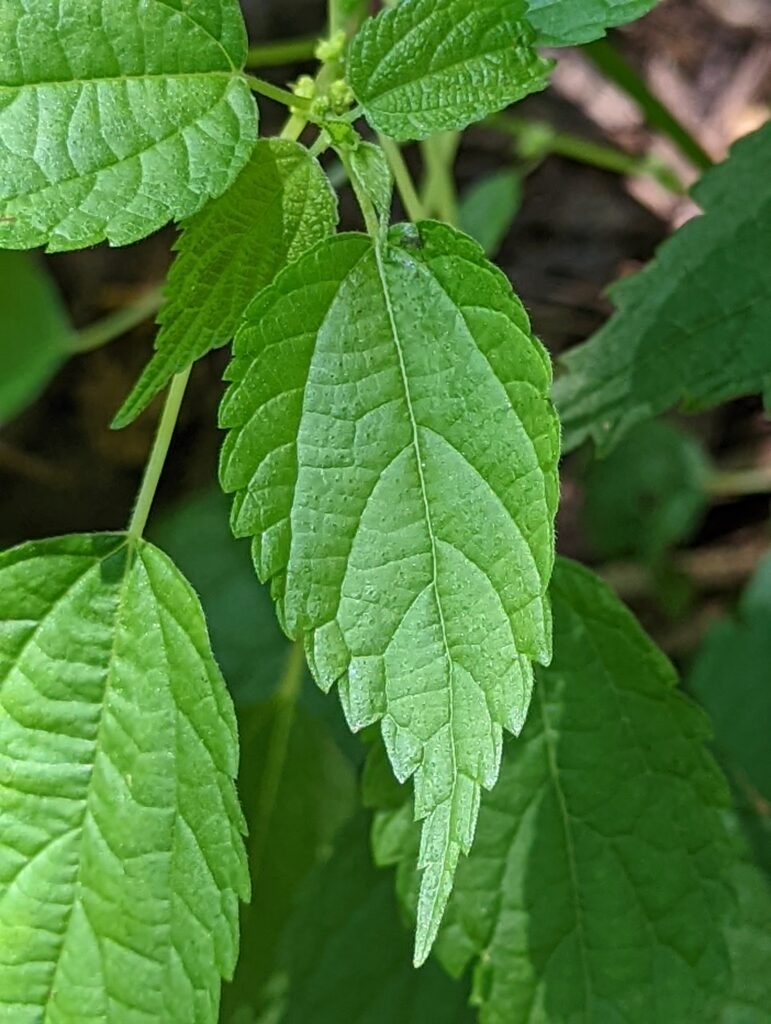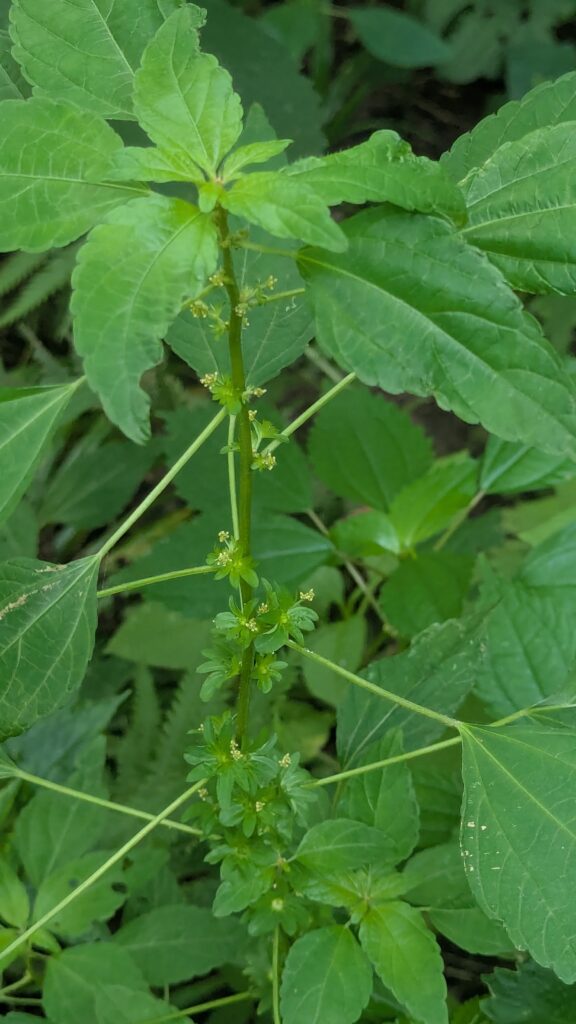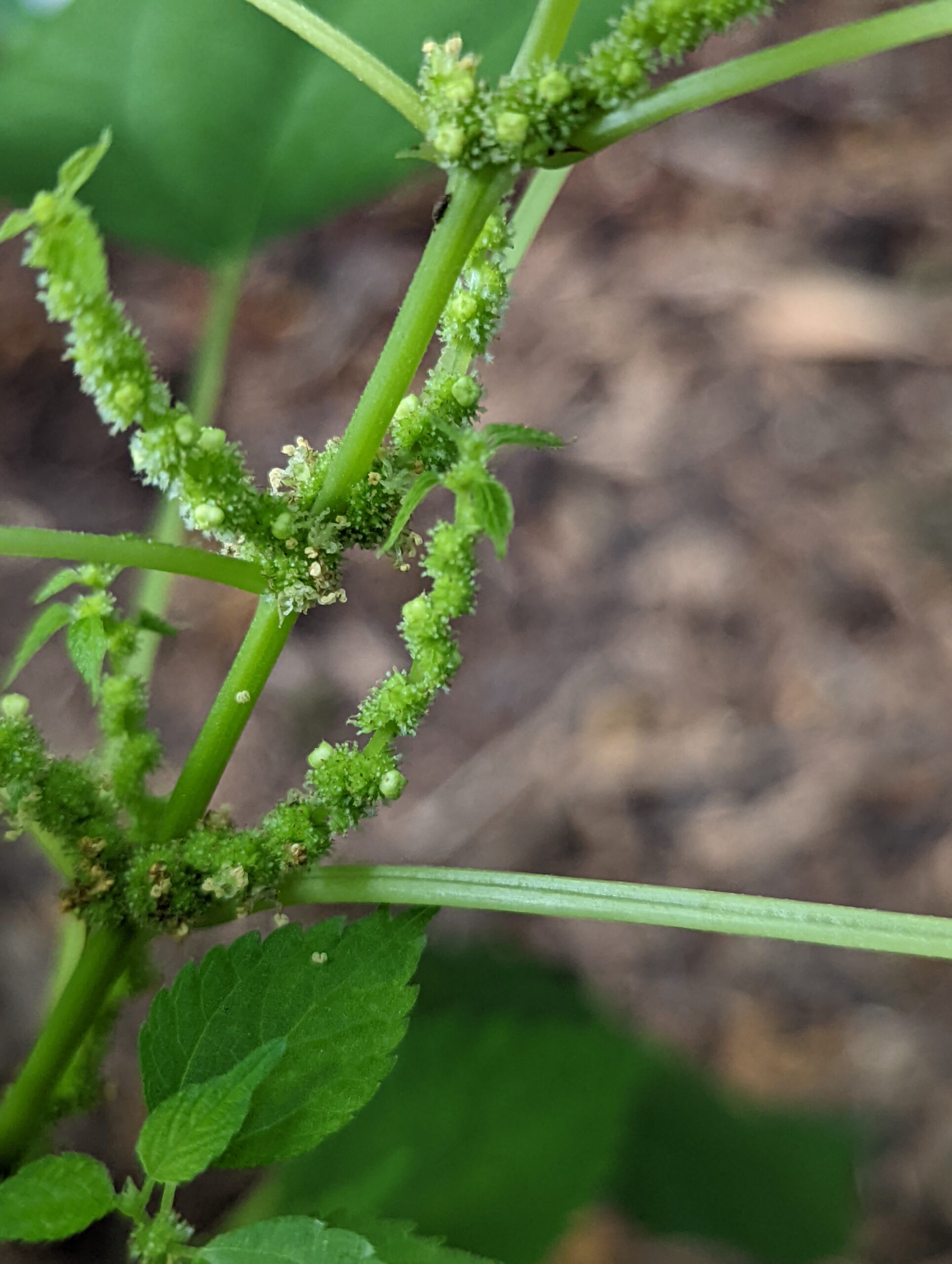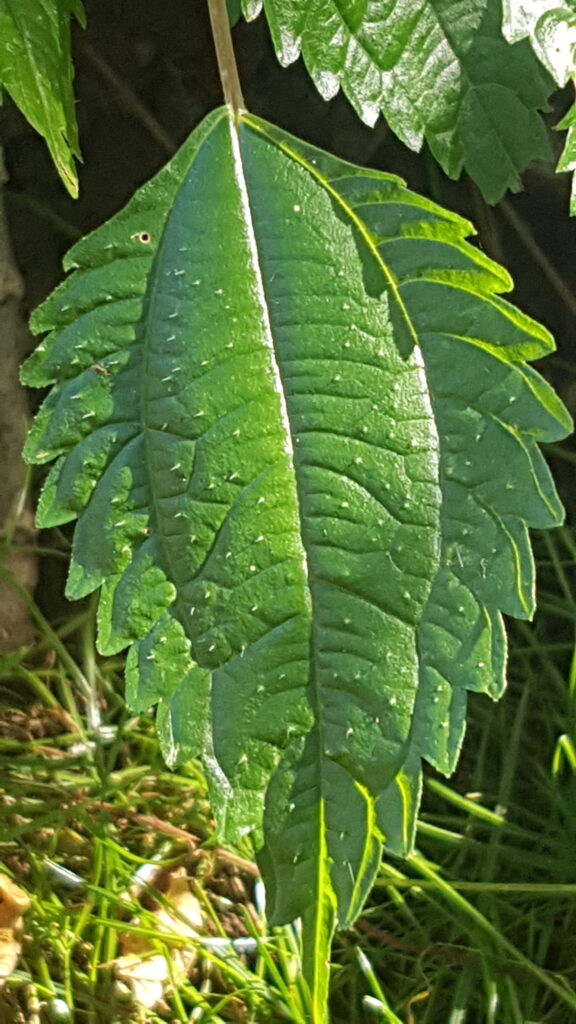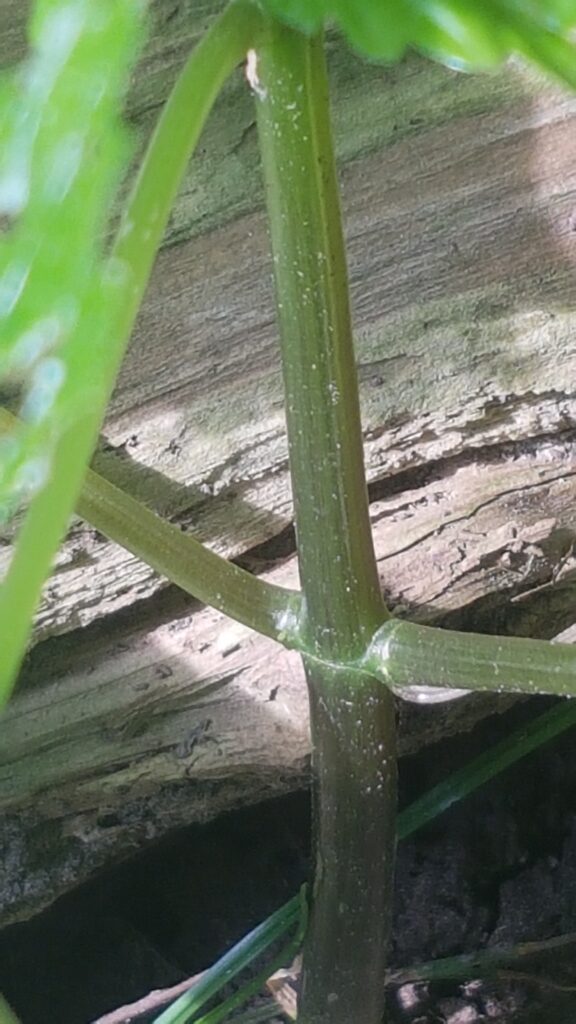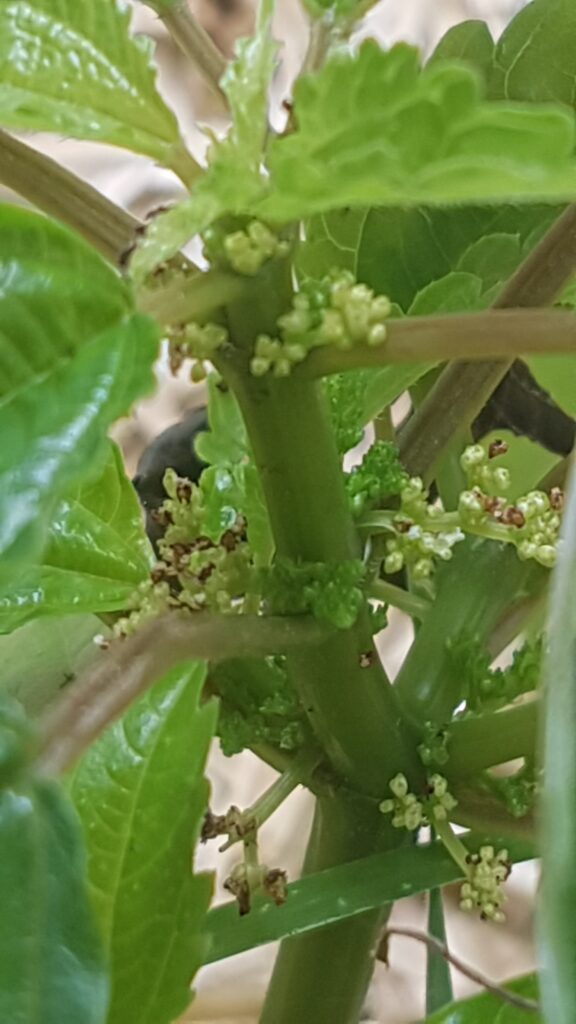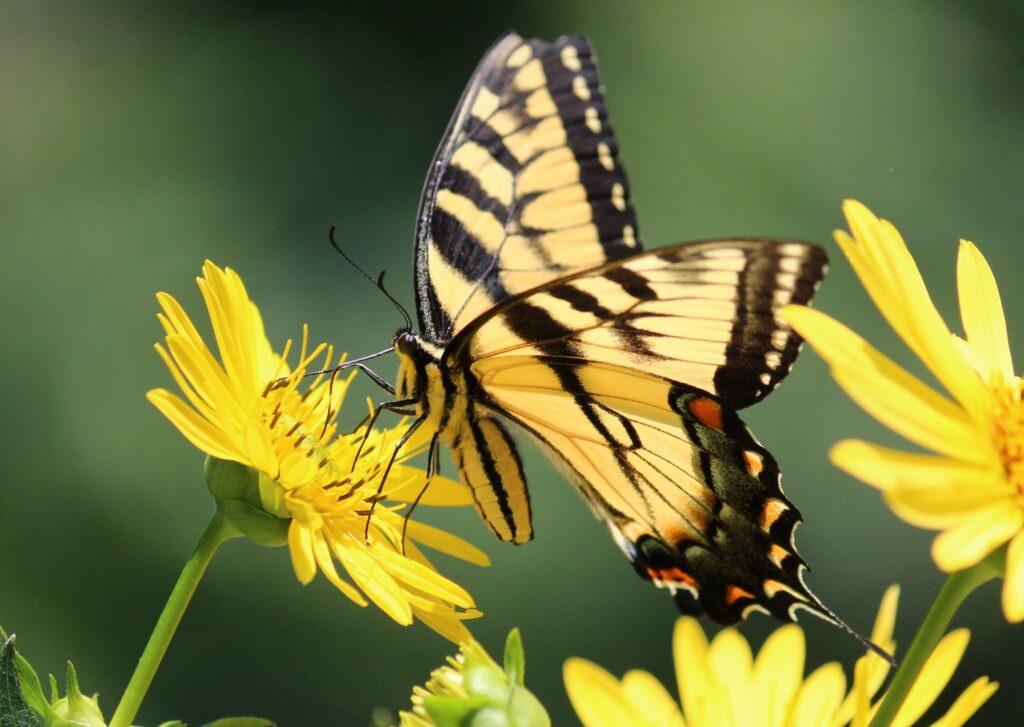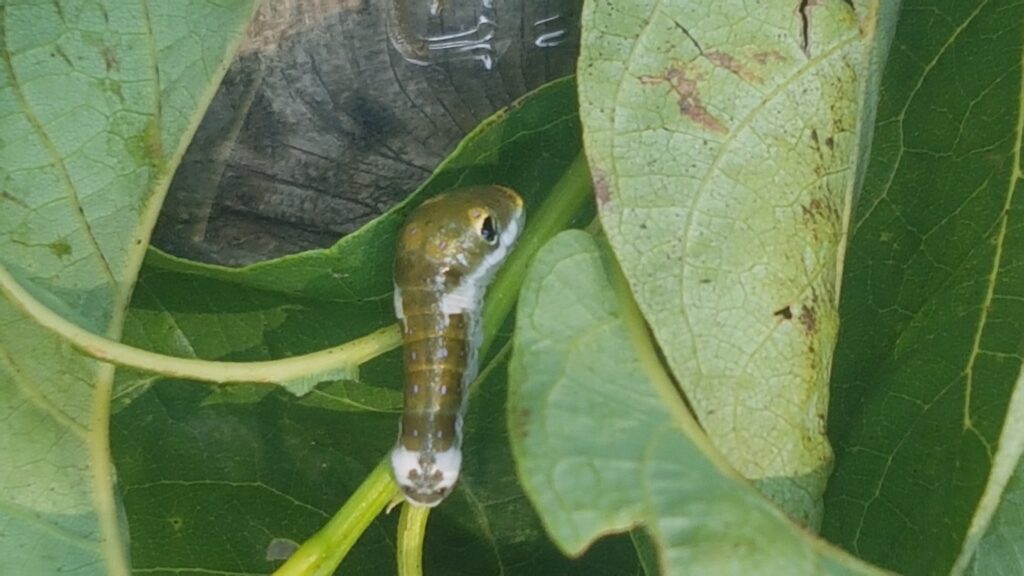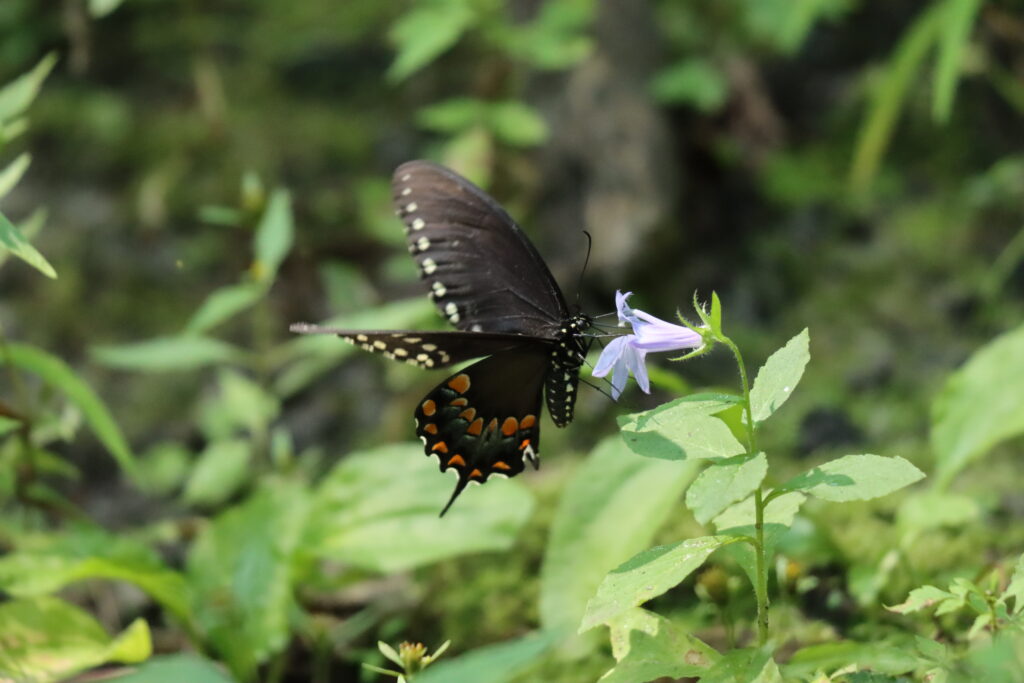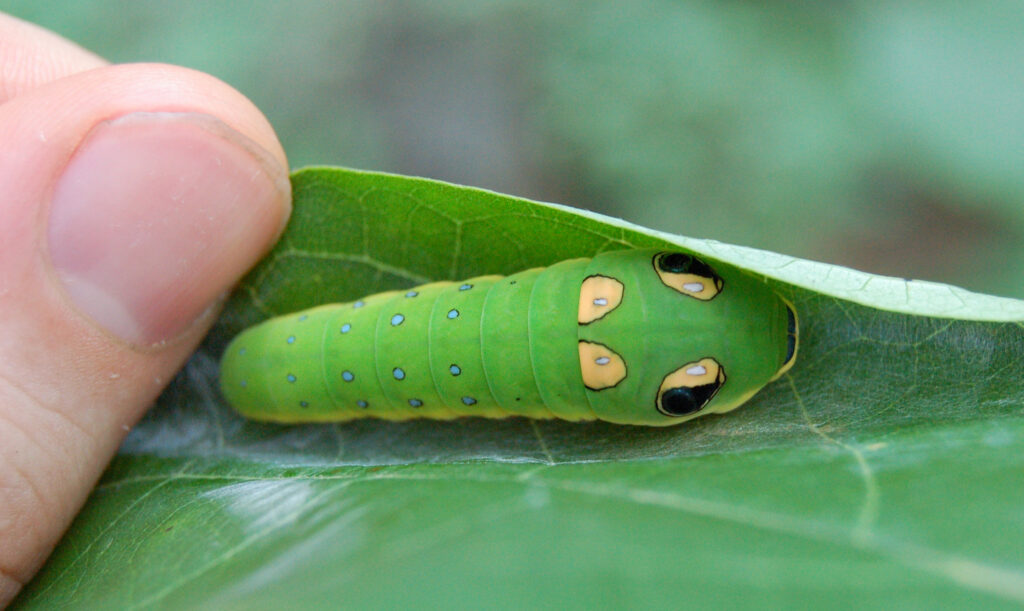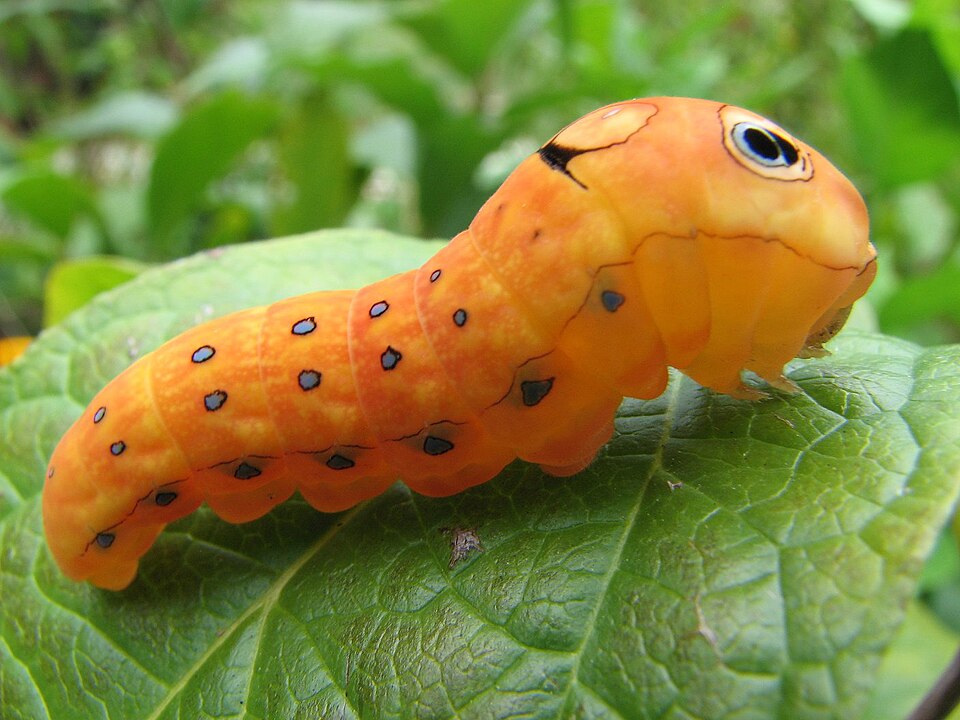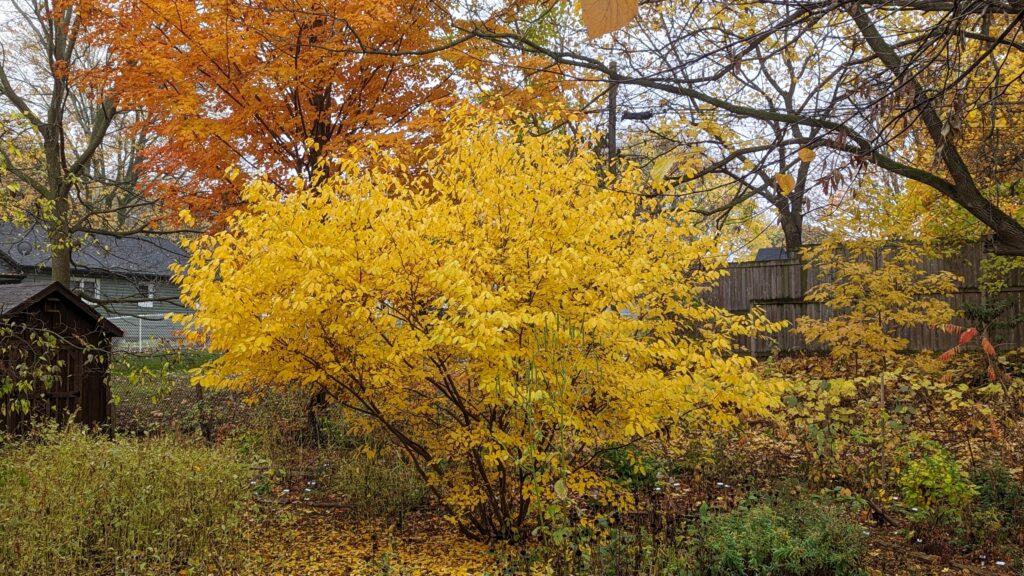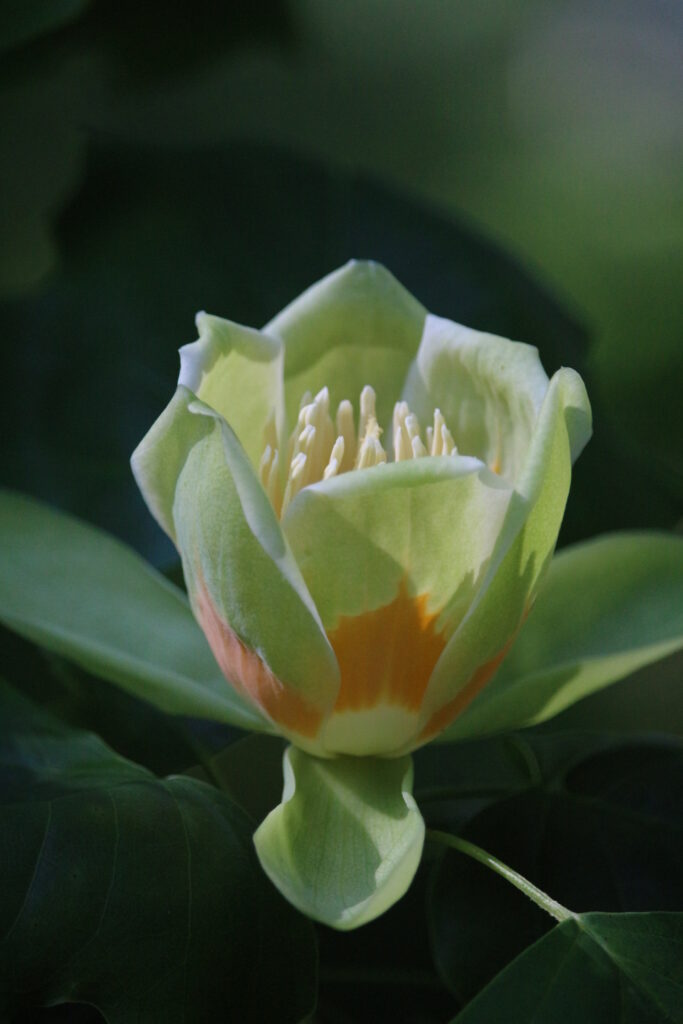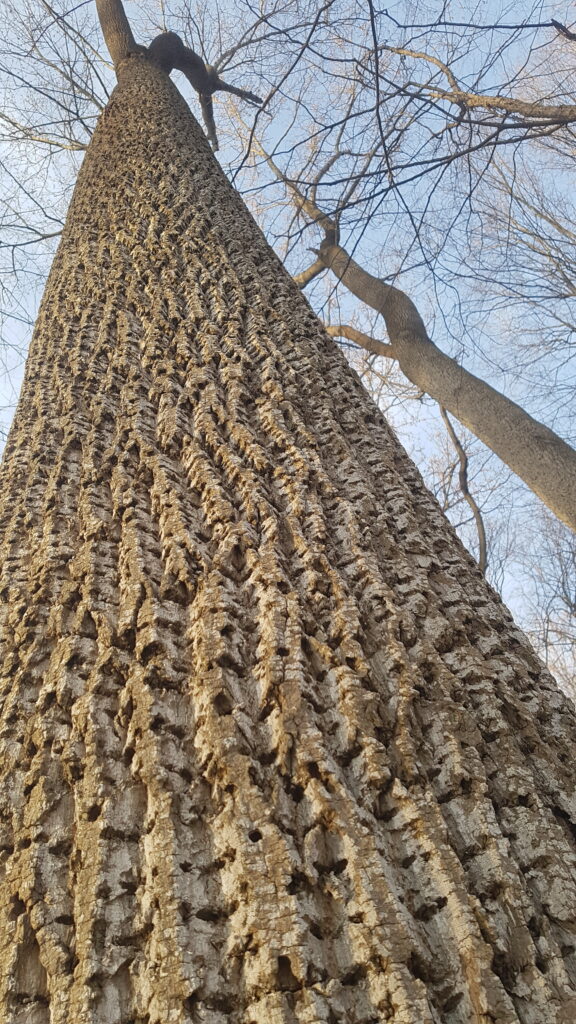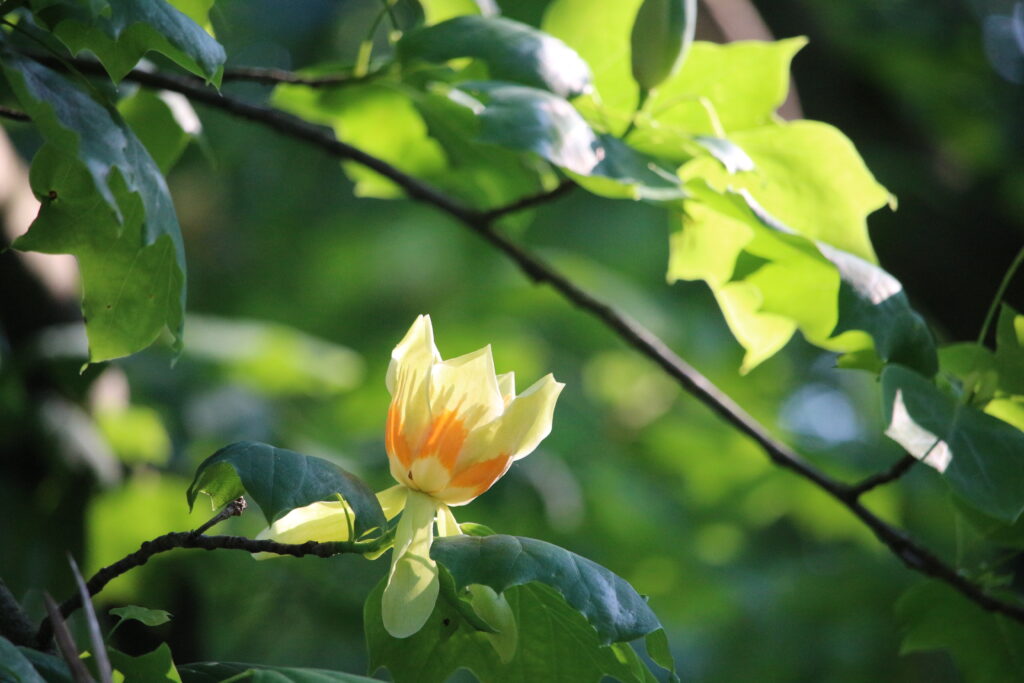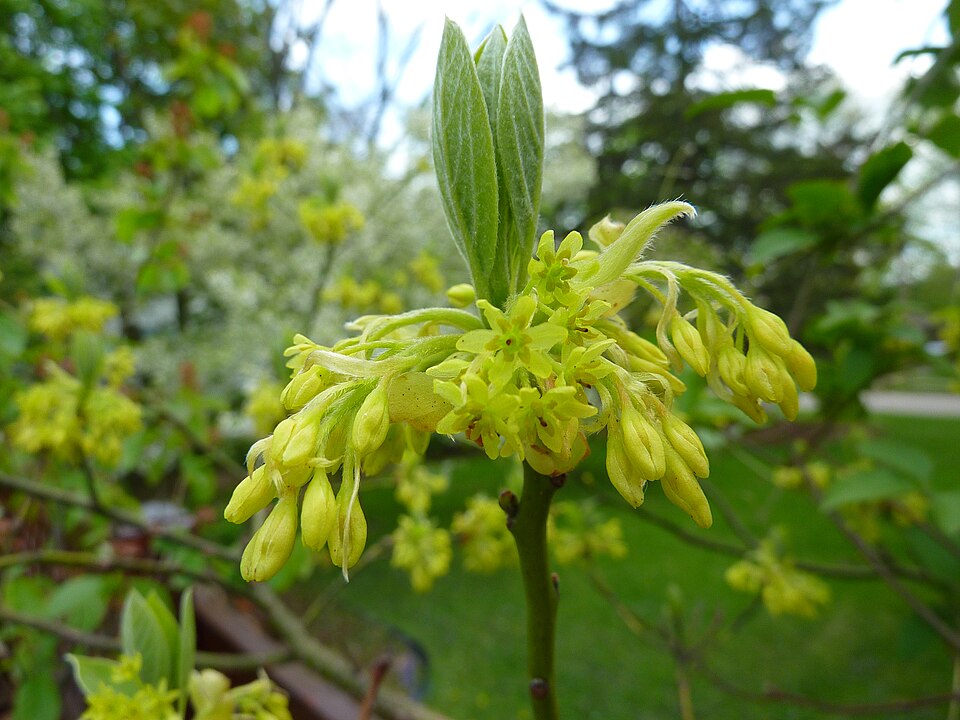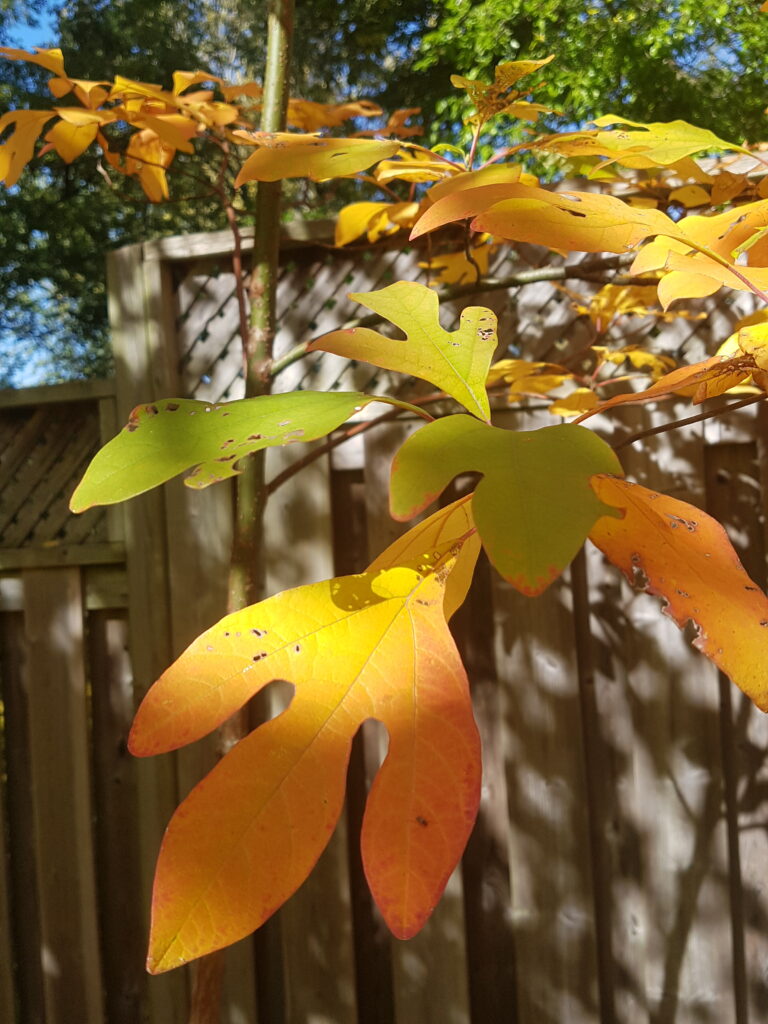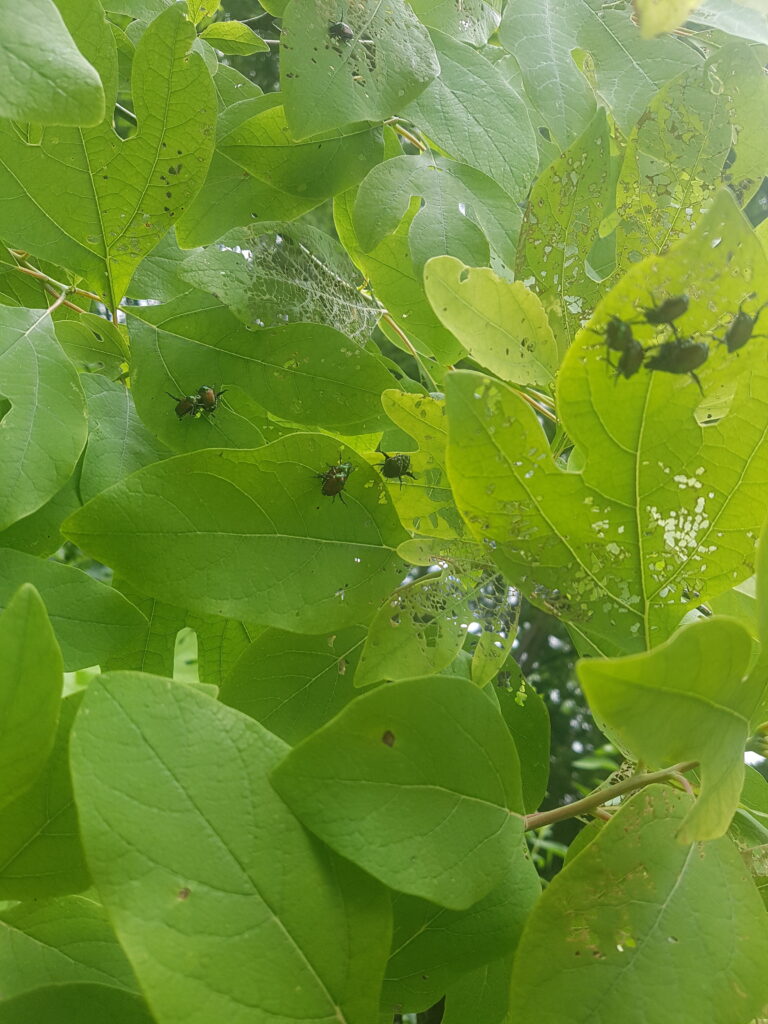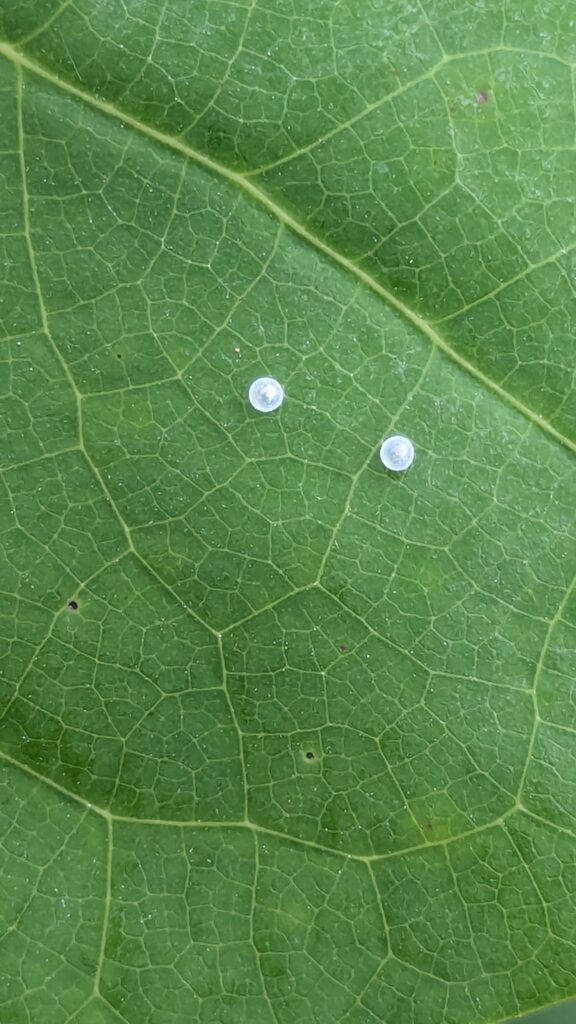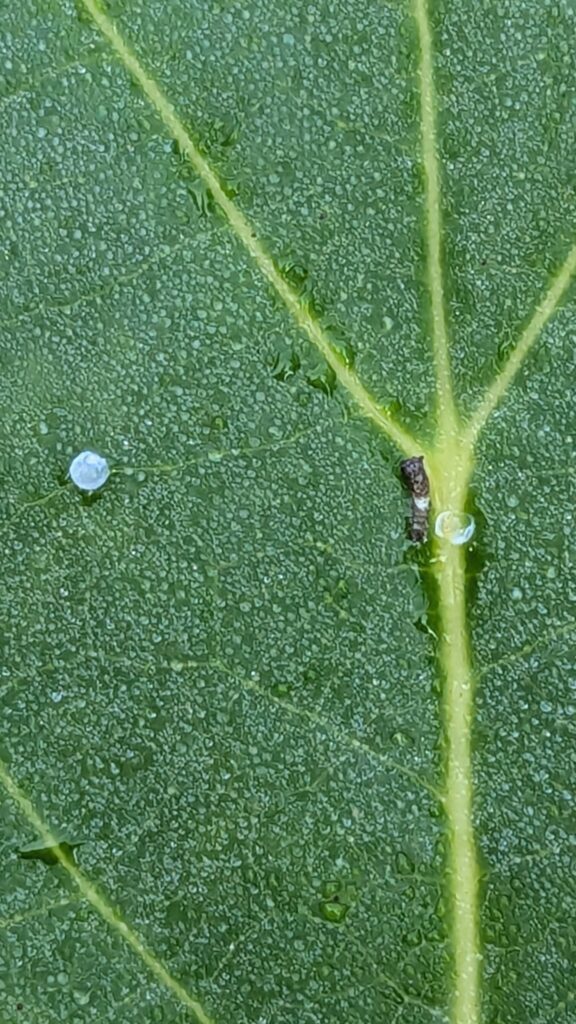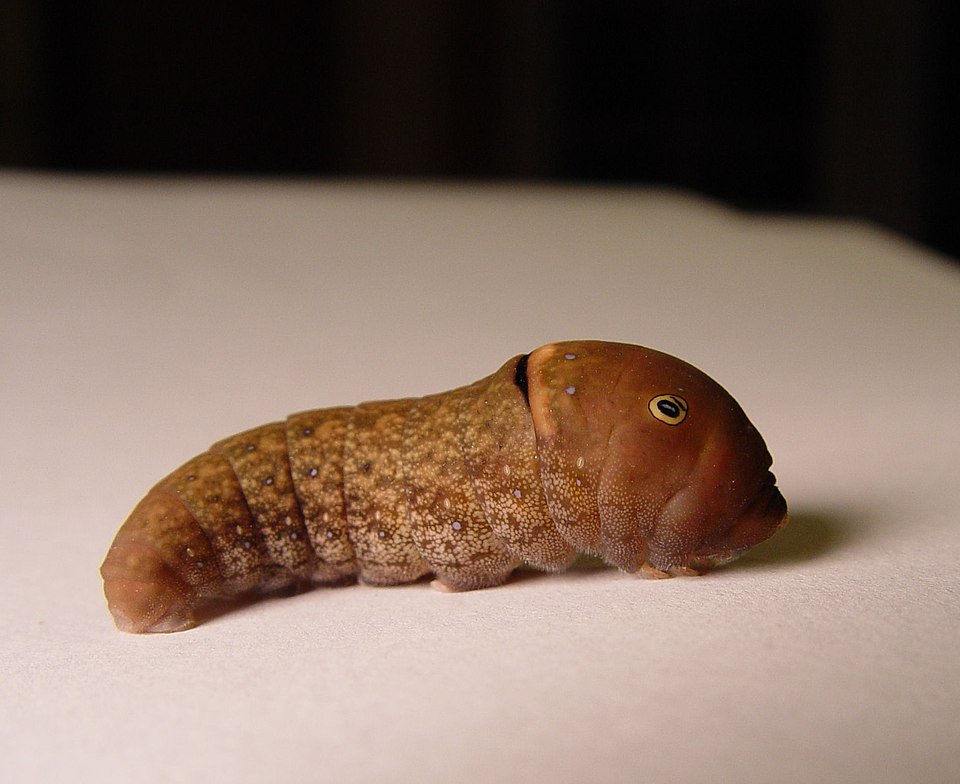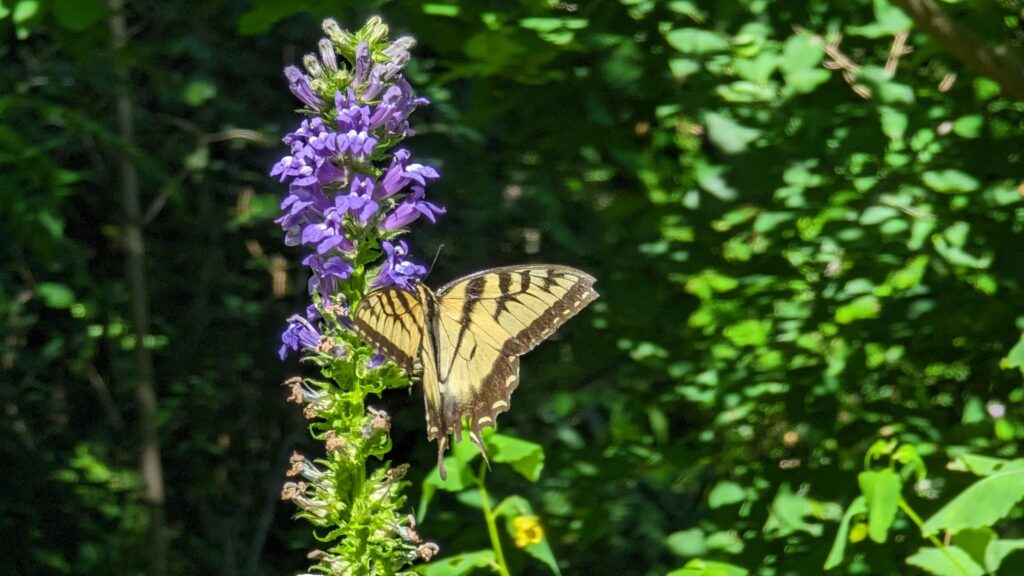In my previous article, I discussed continuous blooms for the shady garden as a response to someone’s query, so in this piece I will look at plants for the “average” garden – moist to dry soils, full sun to part shade. (Unless noted otherwise, all images are from my southwestern Ontario garden.)
Part 2 – The Less Shady Yard
When I started growing native plants in my garden, I was disappointed that for much of the early part of the growing season there wasn’t much colour in my garden. Once the spring ephemerals like trilliums and bloodroot were finished in the shade garden, nothing much happened till July. It seemed to me that Mother Nature only offered native colour in the summer and fall. So that’s when I started to dig deeper into the native plant literature. It didn’t take me long to start finding the missing pieces. In this article, I will offer up some native plant choices that will help you provide colour in your garden, and food for the local pollinators, from spring right through till the snow comes.
April/May/June – May is when some of my favourite native plants start to bloom. Geum triflorum (prairie smoke) starts to blossom in early May and continues well into June. It has an unusual pink blossom, but it’s the wispy pink seed heads that give this plant its name and is the real attraction in the garden. I have seen fields of prairie smoke in Manitoba, and it does look like smoke laying close to the ground. Planted in swaths as a foreground plant, it can provide quite a show. Another interesting foreground/rock garden plant is Antennaria neglecta (field pussytoes), with its white tufts of flowers that give it its common name. Note that Antennaria is a host plant for the American Lady butterfly.


We have a couple of very low-growing buttercups that bloom very early in the spring, too. Ranunculus rhomboideus (prairie buttercup) produces yellow flowers in late April – often one of the very first flowers to blossom in my garden – and R. fascicularis (early buttercup) starts to flower about 2-3 weeks later. Prairie buttercup keeps flowering for several weeks, too.


Zizia aurea (golden Alexander) blooms from early/mid May for about a month with wild-carrot like foliage and bright yellow flowers. This is a host pant for the black swallowtail butterfly. The first time I grew one of these, I found 7 black swallowtail caterpillars on the single plant. (I have since planted many more!). I find they do self seed quite a bit, but the heavy seeds do not seem to land far from the parent plant.


The hummingbirds love my Aquilegia canadensis (wild columbine). In my southern Ontario garden, it usually starts blossoming in early to mid-May and provides that first splash of reds/oranges for the season. This tough little perennial loves to self seed, and I let it pop up anywhere it wants in my yard – from full sun to full shade, in bone dry soil to consistently moist soil. Around the same time, my Capnoides sempervirens (pale corydalis or rock harlequin) starts to flower. This delicate little flower is an annual (sometimes biennial) that blooms right through till late fall. It, too, is a prolific self seeder, and though it doesn’t tolerate as much shade as wild columbine, it doesn’t seem too fussy about moisture. Often found in shallow soils on alvars, this plant is another with a two-tone blossom – pink and yellow.



Coreopsis lanceolata (lanceleaf coreopsis) starts to bloom in late May/early June in my garden and is another long-lasting splash of yellow – staying in continuous bloom well into mid-summer. And if you have the right soil (sandy, well drained), Lupinus perennis (wild blue lupine) flowers around the same time, and is host for the endangered Karner blue butterfly.



Phlox also starts to bloom in May – Phlox divaricata (wild blue phlox) and P. subulata (moss phlox) are Ontario natives, P. stolonifera (creeping phlox) is native just south of the Great Lakes. These range from blue, to white, to hot pink. (P. subulata is very common in garden centers – look for the true species rather than cultivars – which are denoted with a name in quotation marks, such as ‘Candystripe’ or ‘Ice Mountain’.) Be warned, though, that phlox seems to be a favourite on the menu for your local rabbits.


There are lots more late-spring/early-summer natives, like Geranium maculatum (wild geranium), Tradescantia ohioensis (Ohio spiderwort), Oenothera pilosella (prairie sundrops), and even Packera paupercula (balsam groundsel), but this list will give you a good start.




July/August – this is when all the showier native plants come into their own. I personally like the yellows of Coreopsis lanceolata superimposed with the oranges of Asclepias tuberosa (butterfly milkweed) – a combination I discovered by accident when my milkweed self seeded into another garden bed. Our lilies (Lilium canadense and L. michiganense) give great shows in mid to late summer, as do many of our sunflowers, coneflowers, mountain mints, Monardas (didyma, fistulosa and punctata), and all of our Asclepias (milkweeds). Our Allium cernuum (nodding wild onion) looks lovely in part shade. See the table (below) for a list of several more late summer bloomers.








September to snowfall – fall is the time for goldenrods and asters. (And, no, goldenrods do not give you hayfever – it’s the wind-borne pollen of ragweed that blooms at the same time that is the culprit.) Some goldenrods are very aggressive, and should only be planted in appropriately large spaces – like Solidago canadensis (Canada goldenrod), S. juncea (early goldenrod) and Euthamia graminifolia (grass-leaved goldenrod). But many are very well behaved, and even have interesting foliage and flowers. These include S. rigida (stiff goldenrod), S. speciosa (showy goldenrod) and the more unusual white goldenrods – S. ptarmicoides (upland white goldenrod) and S. bicolor (silverrod).




As for asters – take your pick. There are so many, and they range from blues to pinks to whites, from short to tall, from full sun to part shade, from dry soils to wet. A few of my favourites are Symphiotrichum oolentangiense (sky blue aster) – a full sun, medium height plant that will be covered with gloriously blue blossoms; S. novae-angliae (New England aster) – a tall, pink to purple aster that handles being cut back in early summer by 1/3 to produce a shorter, thicker plant with a profusion of flowers; S. ericoides (white heath aster) – a smaller white aster with a lacy foliage and a profusion of tiny white blossoms in full sun; and the very tall (up to 6’ or more) Doellingeria umbellata (flat-topped white aster) which loves full sun and moister soil than many of the others.




Helianthus tuberosus (Jerusalem artichoke) flowers well into the fall – but be careful where you plant it as it will spread by its underground tubers. I planted mine in a plastic 45 gal barrel, cut in half and sunk into the ground. This way I get great tasting tubers in the fall and don’t have to worry about the plant taking over my yard. (This technique works well for other spreading plants, like common milkweed, the aggressive goldenrods, and others.) Helenium autumnale (sneezeweed) is another late bloomer, as is Coreopsis tripteris (tall tickseed) and Heliopsis helianthoides (false sunflower). And many of the earlier bloomers will still be blossoming well into the fall – plants like Monarda didyma (bee balm), Rudbeckia hirta (black eyed Susan), Rudbeckia laciniata (green headed coneflower), Silphium perfoliatum (cup plant), Silphium laciniatum (compass plant), and Vernonia missurica (Missouri ironweed).











Happy COLOURFUL gardening, all season long.
